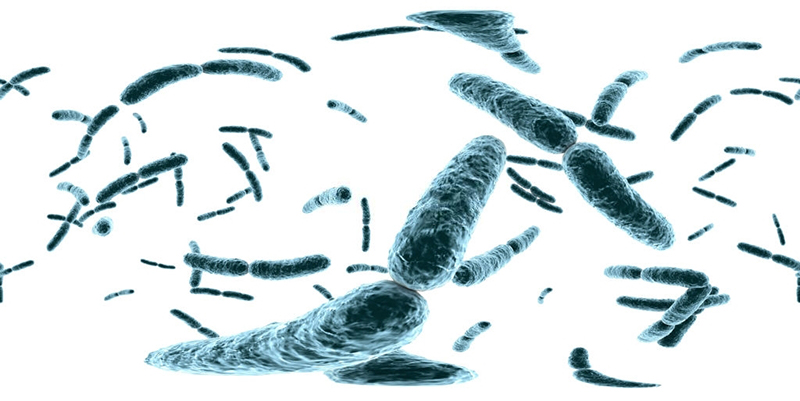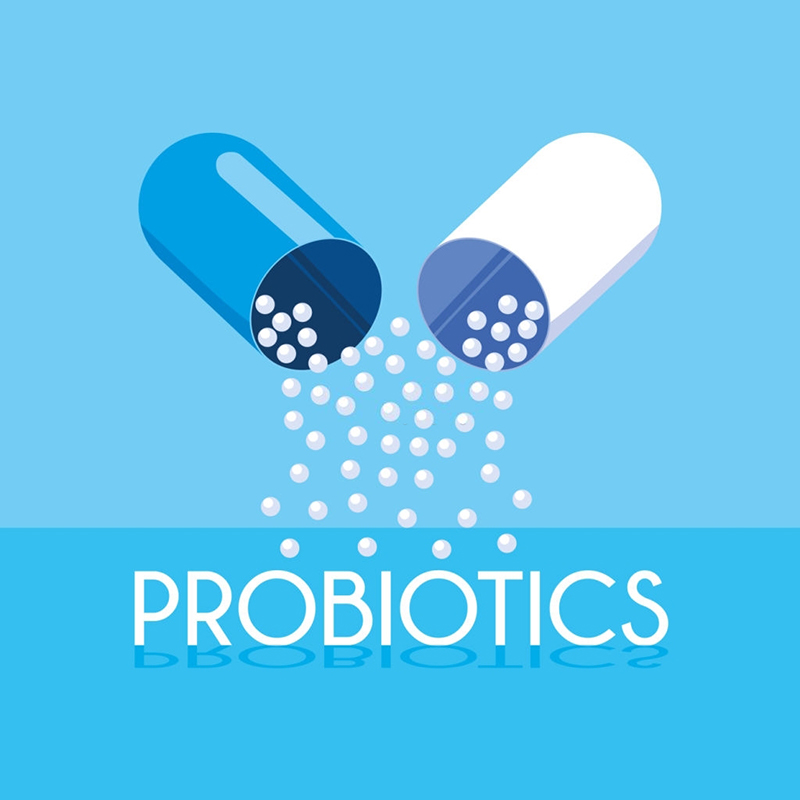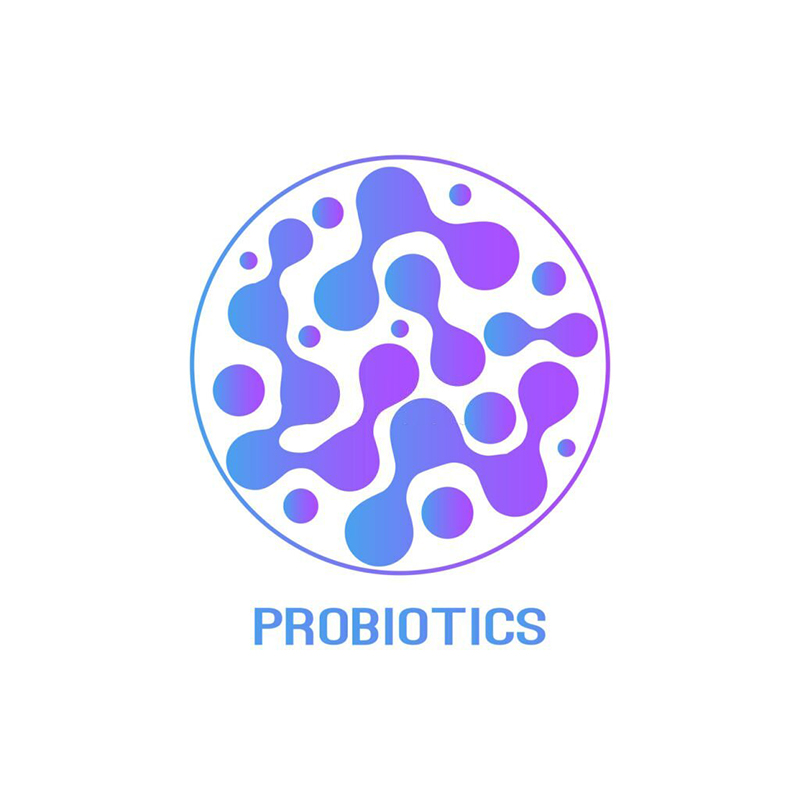In recent years, with the development of molecular biology technology and people’s promotion of gut microbiota health
With the in-depth study of its role, the establishment and development of normal intestinal chrysanthemum has attracted more and more attention. Studies have found that the early colonization pattern of intestinal flora can affect future growth and health status by interfering with the structure of intestinal flora, and is closely related to the occurrence of long-term obesity, diabetes, allergic diseases, etc. Infant gut microbiota colonization is a complex dynamic process that is influenced by many factors, including mode of delivery, feeding, antibiotic use, and the environment. WHO recommends that infants be breastfed for at least 6 months after birth, and can continue breastfeeding after the introduction of complementary foods. However, not all infants enjoy the benefits of breastfeeding, and finding the best breastmilk substitutes is important for infants who cannot or are not breastfed enough. probioticseverything.com
probiotics a clinical guide
probiotics a clinical guide
Probiotics refer to “live microorganisms that are taken in sufficient amounts and are beneficial to the health of the host”. Probiotics that colonize the host’s gut can play a beneficial role in the host by improving the intestinal ecological environment and regulating the structure and metabolic activities of the intestinal flora. Studies have confirmed that probiotics can be widely used in the food industry, such as Bifidobacterium, Lactobacillus acidophilus and Lactobacillus bulgaricus strains. In recent years, with the development of science and technology, breast milk formula is not only structurally close to the composition of breast milk, but also imitates biologically, that is, adding probiotics to infant formula, trying to make the intestinal flora structure of artificially fed infants close to that of breastfed infants. By using FO-PCR technology to dynamically observe the changes of Bifidobacterium, Lactobacillus and Escherichia coli in infant intestines and make quantitative analysis, it overcomes the shortage of quantitative analysis of final products by ordinary PCR technology. At the same time, dynamic monitoring of growth and development indicators such as infant length and weight, calculation of BMI, and evaluation of the infant’s developmental quotient at 1 year of age, try to elucidate the impact of gut microbiota on infant growth and development from the perspective of gut microecology, and its association with overweight and/or The interaction relationship of obesity provides a theoretical basis for early postnatal probiotic intervention to promote infant growth and development. probioticseverything.com
probiotics a clinical guide
probiotics a clinical guide
The intestinal bacterial colonization of infants is a complex dynamic process, and the initial colonization bacteria are mainly derived from the mother and the environment. Previous studies considered the gut to be sterile in the womb and before birth, but new evidence suggests that bacteria exist in the womb and may influence the prenatal microbiome, becoming an early source of gut colonization in infants. Recent studies have found that bifidobacteria and lactobacilli are frequently detected in breast milk, which suggests that breast milk plays an important role in the delivery of probiotics [19]. Vaginally delivered infants who are exposed to the mother’s vaginal and gut flora during passage through the birth canal typically acquire a bacterial flora similar to the mother’s, compared to Klebsiella and Clostridium species that frequently colonize the gut early in caesarean section infants Bacteria in the environment such as Bacillus spp. probioticseverything.com
probiotics a clinical guide
probiotics a clinical guide







